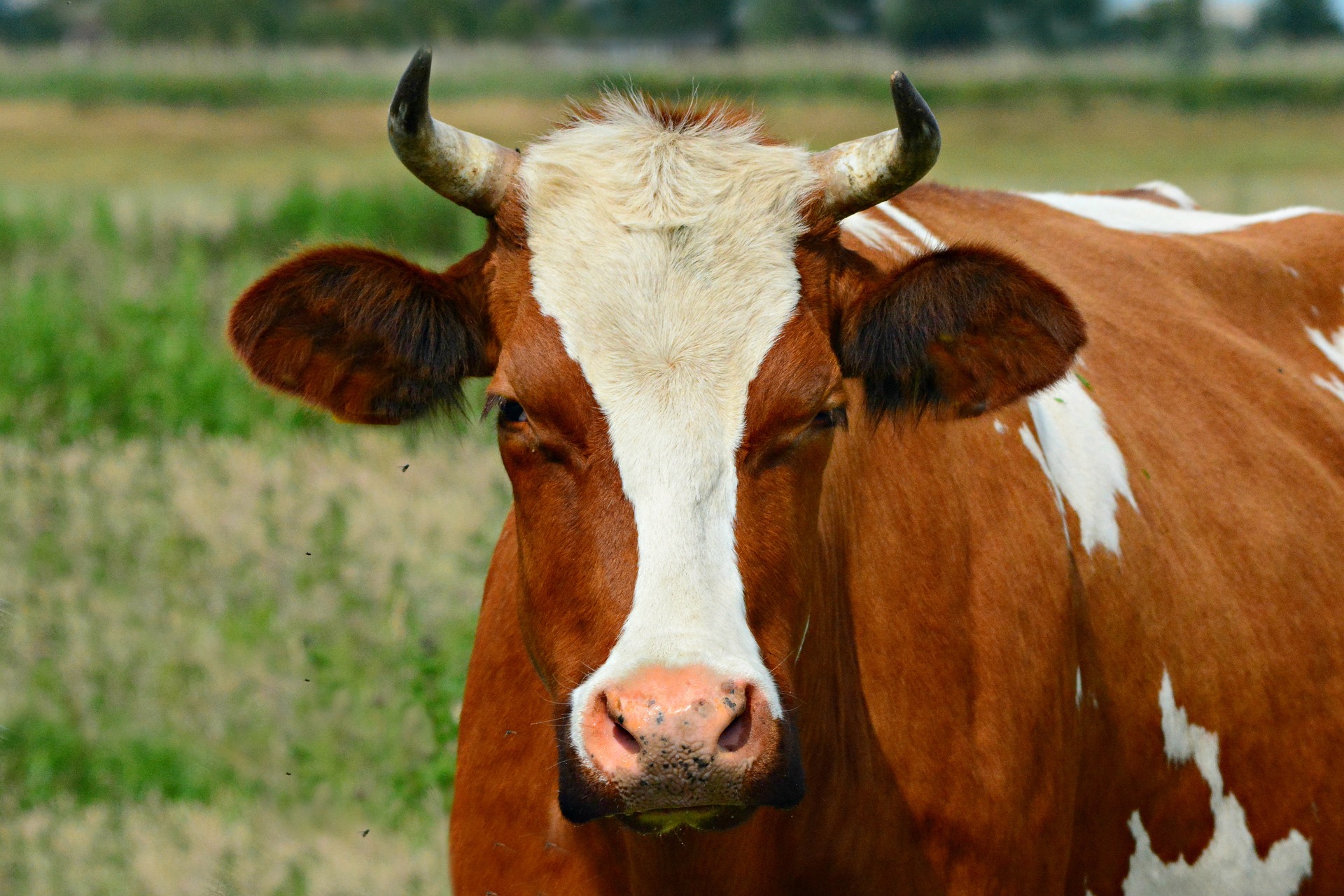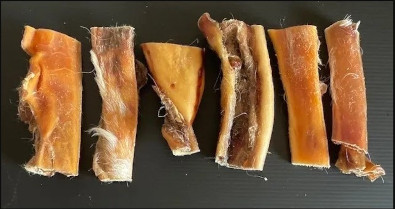
Raw bovine head skins – Find out how they are stored and what is their usage
Raw bovine head skins can be used in the pet food industry to produce finished leather and make traditional instruments. Also, in some parts of the world, they are a delicacy as part of traditional gastronomy.
Velmart d.o.o. is trading, conservating, and storing raw bovine hides from slaughterhouses and other suppliers for more than three decades. Given the demands of today’s market, we strive to achieve long-term business cooperation and meet the customer’s specific needs.
In recent years, special emphasis has been placed on the collecting and trading of raw and wet salted bovine head skins “Animal by-products – Category 3”.
These are by-products intended for technical use, meaning further processing. For example, this type of raw material is widely used in the pet industry and aquaculture, as well as in the leather industry.

Also, in some cultures, it even has a significant place in making traditional instruments and in traditional gastronomy.
Raw slated bovine head skins – suitable for long journeys
Our job is hide/skin conservation which is the first stage in the production process. There are several ways of preserving raw bovine head skins.
The oldest and most widespread method is the preservation of sea salt. Such raw hides are primarily intended for export because preservation with sea salt is long-lasting and stable.
When conserved, hide is suitable for long-distance transport. For example, raw salted hides/skins can withstand several months of container transport around the globe.
Many years of experience in the technology of salting, storage, and packaging of raw-salted bovine hides certainly help us in our job.
 Salting of raw hides/skins and the method of packing in leak-proof bags guarantee that the leather will reach every customer in any part of the world in a condition suitable for the desired purpose.
Salting of raw hides/skins and the method of packing in leak-proof bags guarantee that the leather will reach every customer in any part of the world in a condition suitable for the desired purpose.
You can find out more about the technological process of salting raw head skins here.
It is interesting to mention that in some non-European cultures, beef head skins are even part of gastronomy and are considered a delicacy. Skins are put in goulash, soups, and similar dishes with sauces or fried in deep oil.
Freezing and drying of raw bovine head hides
Bovine head skins can also be stored frozen, which is suitable for the production of pet food because in this case, sea salt is not used. Fresh raw head skins are frozen, which allows them to stay in unchanged condition for several months.
The third way of preserving raw bovine hides/skins is to dry them. After washing and drainage of excess water and blood, the skins can be dried in warm air (warm air dryer or traditionaly in sun and wind), and this results in natural conservation.


